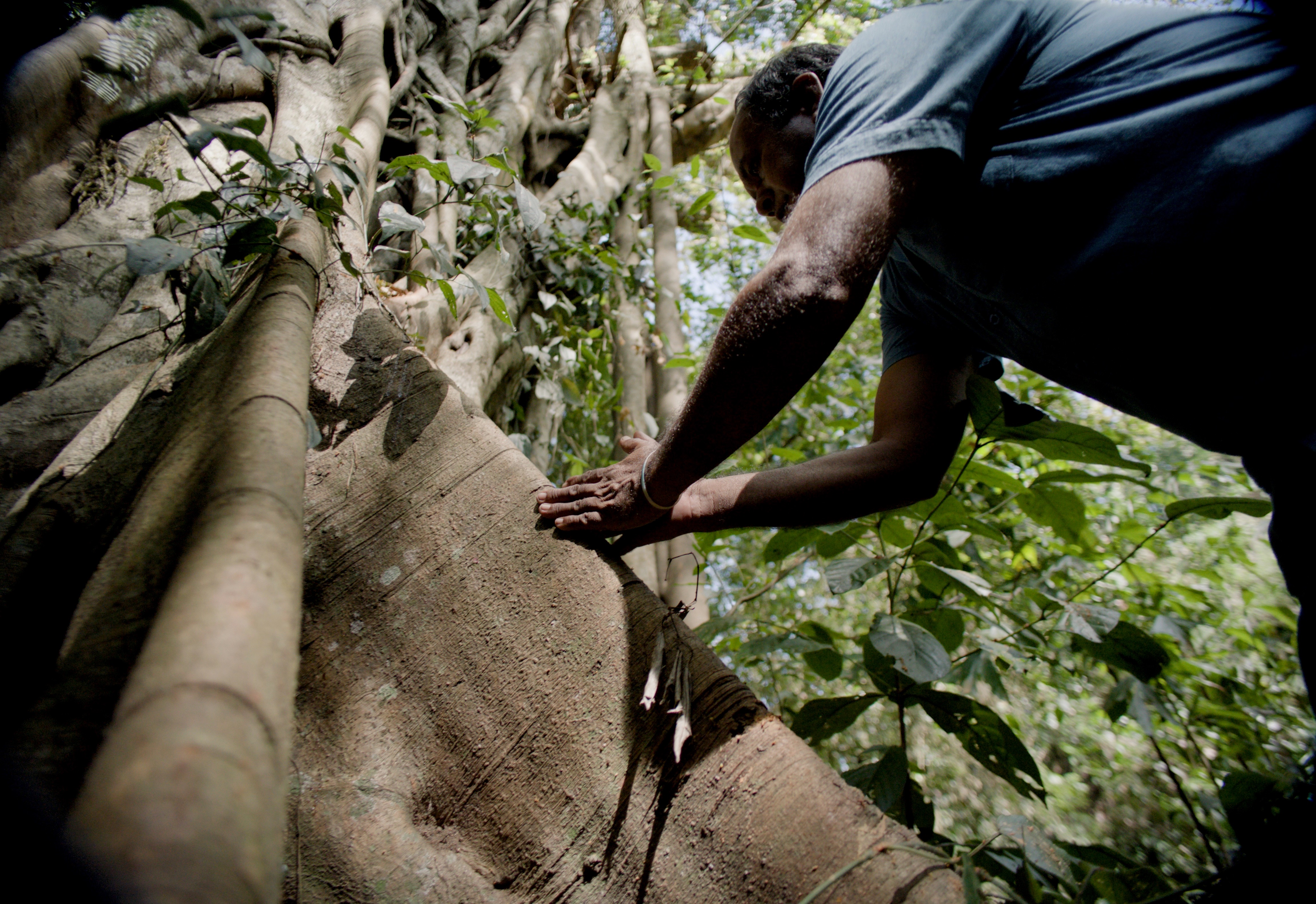A flavor chameleon: cinnamon around the world
From the spice markets of Colombo to the cafés of Oaxaca, the scent of cinnamon drifts through kitchens across the globe, weaving a flavorful thread through vastly different culinary traditions. Though it’s often associated with cozy desserts and wintry drinks, cinnamon is far more than a sweet accent—it’s a spice of stories, centuries, and surprising versatility.
At the heart of this global spice journey is Cinnamomum verum, also known as "true" cinnamon, which hails from the lush landscapes of Sri Lanka. Prized for its delicate flavor and fine, papery quills, Sri Lankan cinnamon has traveled far beyond its island origin, influencing cuisines from the Americas to Asia. Let’s take a culinary tour through some of the most intriguing and diverse uses of cinnamon around the world—some sweet, some savory, all delicious.

Oaxaca, Mexico: Chocolate Atole
In Oaxaca, where Indigenous and colonial traditions interweave through food, cinnamon plays a central role in champurrado, a rich chocolate-based atole (a thick, warm corn drink). Here, the spice isn’t just an afterthought—it’s a key ingredient that infuses the beverage with complexity and warmth.
Atole begins with masa (corn dough) dissolved in water or milk and thickened over heat. Chocolate and piloncillo (unrefined cane sugar) are added, and then comes the cinnamon—steeped whole or ground into the mix. Mexican cinnamon, or canela, is typically softer and sweeter than the cassia varieties commonly found elsewhere, but the roots of this tradition trace back to Sri Lankan cinnamon brought by Spanish traders.
In champurrado, cinnamon bridges cultures and time periods, reflecting Indigenous culinary ingenuity and colonial-era trade.
Brazil: Curau de Milho
Travel to Brazil, and cinnamon appears in an entirely different but equally comforting form. Curau de milho, a creamy pudding made from freshly grated corn, sugar, and milk, is a beloved dish during Festa Junina, a rural harvest festival celebrated in June.
Once cooked into a velvety consistency, curau is served warm or chilled, always with a generous dusting of ground cinnamon on top. While cinnamon may not be stirred into the mixture, its aromatic presence on the surface transforms the flavor, adding warmth and balance to the natural sweetness of the corn.
In Brazil, the use of cinnamon exemplifies how a single spice can shift from bold infusion to subtle garnish—still impactful and still essential.
South Korea: A Sweet Twist in Street Food
In Seoul and other Korean cities, cinnamon pops up in one of the most unexpected places: garnishing Korean corndogs. These viral street food favorites are often filled with cheese or sausage, dipped in batter, and rolled in sugar after frying. But some variations go further, incorporating cinnamon-sugar coatings that elevate the corndog into a playful sweet-savory hybrid.
This isn’t traditional Korean fare—more of a Gen Z-led innovation—but it speaks volumes about cinnamon’s cultural adaptability. The spice, often associated with baked goods or hot drinks in the West, has found a new home here in crispy, gooey, Instagram-worthy snacks.
It’s a reminder that cinnamon’s story is still evolving, constantly being reinterpreted by new generations of cooks and eaters.
Morocco: Cinnamon in Meat Tagines
Jump to North Africa, and you’ll find cinnamon in the heart of savory cuisine. Moroccan tagines—slow-cooked stews often made with lamb, chicken, or beef—regularly feature cinnamon alongside ingredients like apricots, almonds, and olives. It’s a hallmark of the region’s sweet-salty-sour flavor profile, with spices playing an intricate, harmonious role.
In dishes like lamb tagine, cinnamon adds depth and fragrance, pairing with dried fruit to create a rich, balanced sauce that coats the tender meat. This use of cinnamon isn’t subtle—it’s assertive and confident, reminding us that the spice isn't only for sweets.
It’s also historical: Moroccan cuisine was heavily influenced by Arab, Berber, and Andalusian cultures, all of which valued cinnamon highly for both its flavor and medicinal qualities.
India: The Spice that Anchors Garam Masala
Back in South Asia, cinnamon is a foundational element in garam masala, a warming spice blend that varies from region to region. In North Indian cuisine, garam masala may include cinnamon along with cloves, cardamom, cumin, and pepper, contributing a sweet-spicy backbone to curries, rice dishes, and even savory snacks.
Whether it’s steeped into biryani or sprinkled into dal, cinnamon adds that elusive layer of depth that transforms everyday meals into unforgettable ones. Its presence in garam masala is not only about flavor—it’s a nod to Ayurveda, where cinnamon is believed to aid digestion and circulation.
This ancient understanding reinforces what cooks around the world already know: cinnamon doesn't just taste good—it makes you feel good.
From Sri Lanka to the World
None of this would be possible without Sri Lankan cinnamon—the gold standard of the spice world. Known for its refined aroma and mild, sweet taste, Ceylon cinnamon is harvested by hand through time-honored techniques passed down through generations.
Unlike cassia cinnamon, which is more pungent and commonly found in supermarket spice racks, true Sri Lankan cinnamon offers complexity without harshness. That makes it especially suitable for the nuanced uses we’ve seen around the world—from infusions and stews to garnishes and desserts.
So the next time you sprinkle cinnamon on your oatmeal, sip a spiced hot chocolate, or taste a bite of Moroccan lamb, take a moment to consider the remarkable journey of this little brown stick. It has crossed oceans, bridged cultures, and seasoned everything from sacred rituals to street snacks.
All that, from the bark of a humble tree in Sri Lanka.